The Hubble Telescope finds a galaxy glowing strangely from behind a dark nebula
Until then, another impressive photo has just been sent back to Earth by the Hubble Space Telescope, showing a galaxy partially hidden by a giant dust cloud called a dark nebula.
This galaxy, IC 4633, shines brightly and beautifully in the center of the image. But if you look to the lower right, you can see dark streaks of dust blocking light from part of the galaxy.
The image was taken with Hubble's Advanced Camera for Surveys ACS system, combining data collected from the DECam instrument on the Víctor M. Blanco Telescope, located in Chile. By combining data from Hubble in space and DECam on the ground, astronomers have gotten a better look at IC 4633, currently located 100 million light-years away and obscured by dark dust. partially, but still shines extremely brightly.

This is a bustling, busy galaxy, with active star formation and harboring a bright center called the active galactic nucleus. Because IC 4633 is oriented toward Earth, we can see its characteristic spiral shape quite clearly. Spiral galaxies tend to be symmetrical, so it can be deduced that the bottom right part of the galaxy is obscured by something as the area is much less bright, most likely a dark nebula .
Scientists believe that the dust cloud blocking the view is part of a star-forming region called Chamaeleon, and that it is much closer to us than the galaxy it blocks. Chamaeleon is likely only 500 light years away, which is much closer to Earth than IC 4633.
When viewed in the visible light portion of the spectrum, the same wavelengths that the human eye sees (also known as optical), these dust clouds appear dark and featureless. Indeed, for many years astronomers considered such cosmic dust to be just an annoying ingredient that interfered with their observations. But in recent years, the importance of cosmic dust has become more clearly understood as a key player in processes such as star formation.
The gas dust becomes even more interesting when it is observed at infrared wavelengths, with instruments like those used on the modern James Webb Space Telescope. Instruments operating in the infrared can see through layers of dust to see hidden structures, such as concentric dust shells around stars or dust swirls in nearby galaxies. .
You should read it
- Admire the latest Hubble masterpiece
- Admire incredibly detailed images of the Orion Nebula through the eyes of the James Webb telescope
- The Most Powerful Space Telescope Ever Built Will Look Back In Time To The Dark Ages Of The Universe
- Admire the special image of galaxy NGC 3175 taken with the Hubble space telescope
- Admire the image of the strange jellyfish galaxy through the eyes of the Hubble telescope
- Hubble Telescope extremely rare photo of the moment of the Supernova explosion
- The day you were born, is there anything special about space? NASA will help you observe with Hubble
- 9 amazing facts about the universe amaze you
May be interested
- The Hubble Telescope sent back to Earth its first photo after changing its operating method
 the hubble space telescope recently encountered some operating troubles, leading to scientists being forced to change the way it operates.
the hubble space telescope recently encountered some operating troubles, leading to scientists being forced to change the way it operates. - Admire incredibly detailed images of the Orion Nebula through the eyes of the James Webb telescope
 the orion nebula is one of the most observed and photographed objects in the sky, and also one of the most studied celestial bodies.
the orion nebula is one of the most observed and photographed objects in the sky, and also one of the most studied celestial bodies. - The strange object is both a double asteroid and a comet in the Solar System that confuses astronomers
 the hubble space telescope just observed a strange object in the solar system. although the two asteroids move around each other, it carries a number of characteristics such as glowing surrounding gas and a long tail of comets.
the hubble space telescope just observed a strange object in the solar system. although the two asteroids move around each other, it carries a number of characteristics such as glowing surrounding gas and a long tail of comets. - More than 1,000 new asteroids discovered thanks to 'photobomb' phenomenon
 the hubble space telescope is famous for its clear, eye-catching images of distant galaxies, and is also useful in helping to study objects within our own solar system.
the hubble space telescope is famous for its clear, eye-catching images of distant galaxies, and is also useful in helping to study objects within our own solar system. - James Webb telescope captures stunning cosmic hourglass moment
 the james webb space telescope has just revealed the secret of the dead star that created the crystal nebula 'hourglass'.
the james webb space telescope has just revealed the secret of the dead star that created the crystal nebula 'hourglass'. - The day you were born, is there anything special about space? NASA will help you observe with Hubble
 on the occasion of hubble's 30th anniversary, nasa created what did hubble see on your birthday? allow anyone to be able to see the images of the universe on its birthday.
on the occasion of hubble's 30th anniversary, nasa created what did hubble see on your birthday? allow anyone to be able to see the images of the universe on its birthday. - Admire stunning images showing the strange phenomenon of the Serpens Nebula
 another beautiful new image was sent back from the world's most modern space telescope system james webb, showing the famous serpens nebula.
another beautiful new image was sent back from the world's most modern space telescope system james webb, showing the famous serpens nebula. - Hubble Telescope extremely rare photo of the moment of the Supernova explosion
 when a massive star runs out of fuel and is nearing the end of its life, it explodes in a giant burst of energy called a supernova.
when a massive star runs out of fuel and is nearing the end of its life, it explodes in a giant burst of energy called a supernova. - Admire the 'very different' image of Saturn under the eyes of the Hubble telescope
 the world's most expensive space telescope james webb has just continued to show its irreplaceable importance in the field of astronomical research.
the world's most expensive space telescope james webb has just continued to show its irreplaceable importance in the field of astronomical research. - The Most Powerful Space Telescope Ever Built Will Look Back In Time To The Dark Ages Of The Universe
 the webb telescope will launch into orbit later this year, ushering in a new era for astronomy. the telescope will make it easy for experts to know when the first galaxies and stars were formed, which ones came first and why that happened.
the webb telescope will launch into orbit later this year, ushering in a new era for astronomy. the telescope will make it easy for experts to know when the first galaxies and stars were formed, which ones came first and why that happened.










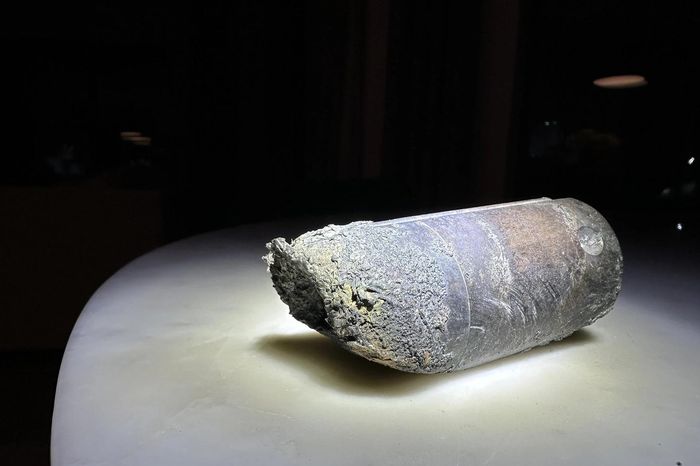 Space junk breaks through the roof of a house in Florida
Space junk breaks through the roof of a house in Florida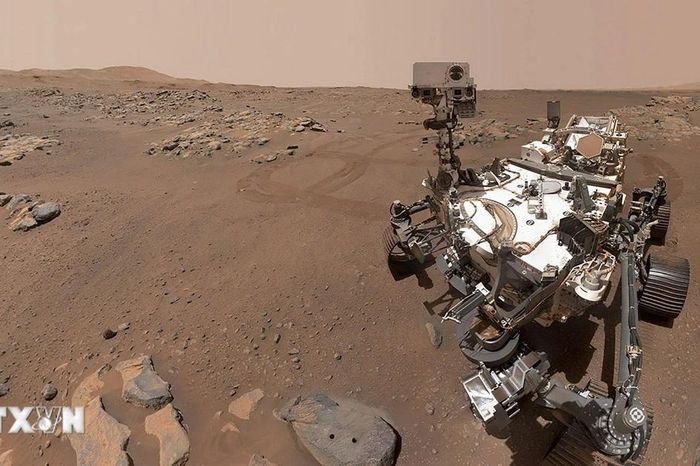 NASA is looking for a less expensive way to bring Martian rock and soil back to Earth
NASA is looking for a less expensive way to bring Martian rock and soil back to Earth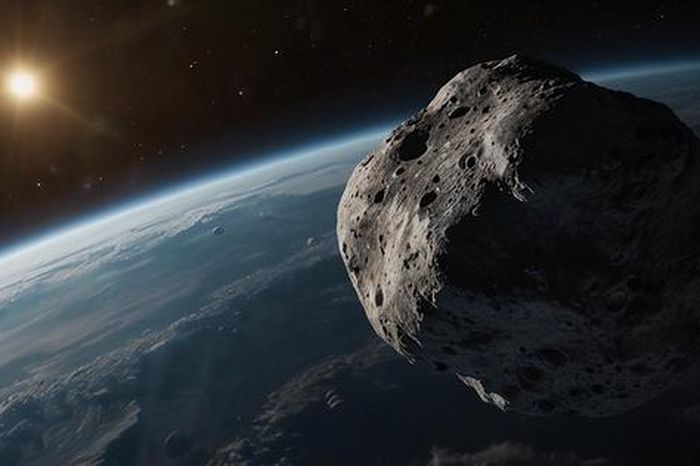 'City killer' 610 m rushes to Earth, can be seen tonight
'City killer' 610 m rushes to Earth, can be seen tonight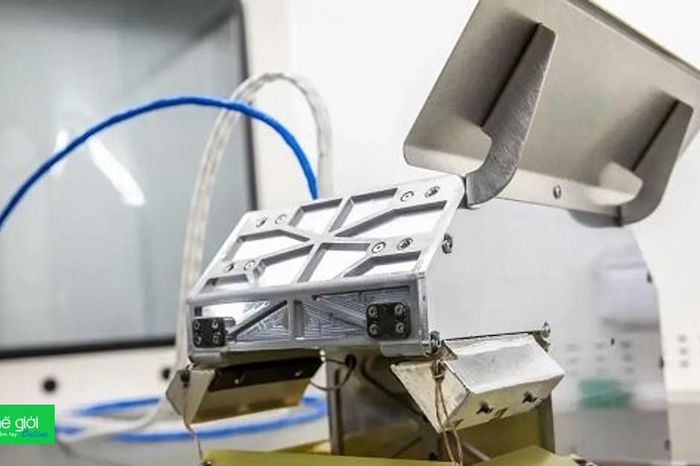 Electrodynamic shield technology to deal with lunar dust
Electrodynamic shield technology to deal with lunar dust NASA spacecraft encountered unknown structures surrounding the solar system
NASA spacecraft encountered unknown structures surrounding the solar system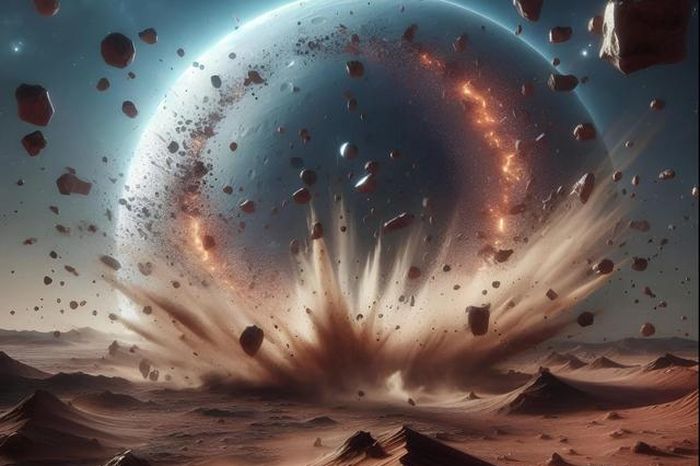 Did NASA ships indirectly bombard other planets?
Did NASA ships indirectly bombard other planets?